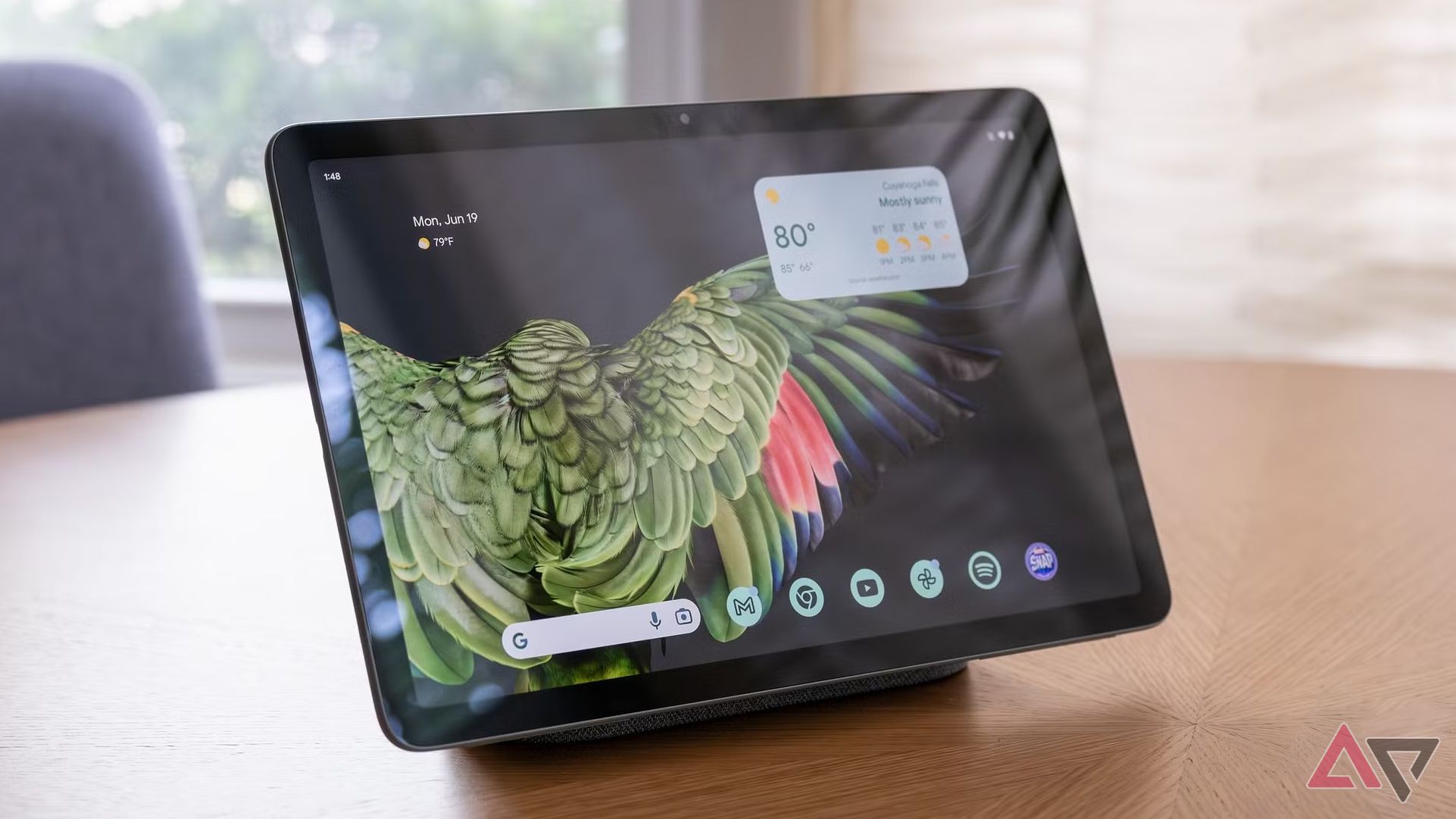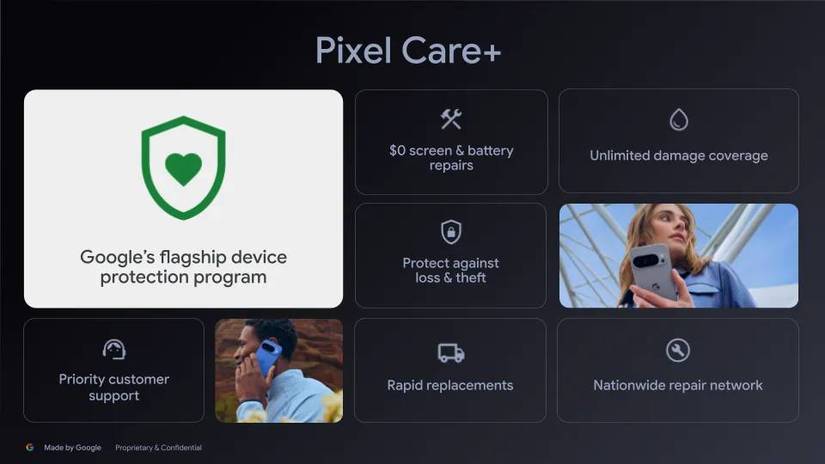Think of motion sensors, and your first thought probably goes to security. An intruder enters your property, the sensors detect them, and floodlights snap on. The same principle applies for domestic use, as a motion sensor can turn the lights on when you enter a room. These scenarios are worth picking up a motion sensor or two by themselves, but this is just the tip of the iceberg of what your motion sensors can do.
A motion sensor can be used for security, tasks, and recreation. Used correctly, it can form the foundation of your smart home system and change how you interact with your home. Good smart home sensors can be as cheap as $30, so you can combine them with other devices to make an affordable smart home.
8
Switch your home to vacation mode
Leave your house with peace of mind
There’s nothing worse than leaving for your holiday and realizing that you might have left the water on, or like Passepartout, left the gas stove on. Or worse, you might have left a door unlocked, leaving your home vulnerable to intruders. Writing a list of things to do is all well and good, but it’s still easy to forget to tick items off when you’re running late for your plane.
You can link a motion sensor to locks, water valves, appliances, and other devices with a simple command: Trigger the actions when it doesn’t detect any movement after a few days. This means that you don’t need to remember to perform the necessary actions when leaving your home for an extended stay, as your motion sensor will do it for you. It’s best to place your motion sensor in a frequently used area like your hallway or bathroom for this purpose.
7
Checking the mail
Know within seconds when your mail arrives
A doorbell camera can notify you of packages at your doorstep, but what about regular letters? If you don’t spot the mail arriving, you have to go out and check manually. Depending on where your mailbox is, this can be an annoying task if nothing has arrived yet.
Placing a battery-operated motion sensor at the back of your mailbox can notify you when your mail arrives. A simple push notification is all you need, there’s no point adding a camera unless you suspect someone of stealing your mail.
6
Turn night lights on
Use motion sensors when they’re needed the most
Using a motion sensor to turn on overhead lights or lamps is useful at night or evening, but the sudden shift from darkness to bright light can be overwhelming. Instead, try linking your motion sensors to your night lights for a subtler shift. LED strips are perfect for this scenario, as you can place them anywhere, such as along skirting boards or underneath your bedframe.
You can even link a motion sensor to your main lights and night lights simultaneously. Simply instruct the sensor to check the time before it triggers the lights. Is it in the evening? Turn on the main lights. Is it after bedtime? Trigger the night lights. If you try this method, place the motion sensor under your bed or other furniture. That way, the sensor won’t detect you moving around in bed while you sleep.
5
Turn off your morning alarm
It’s not fun, but a motion sensor can get you going on time
Placing a motion sensor under your bed is a great way to trigger night lights, but it has another use. The struggle of your alarm going off, turning it off with your hand and voice, then immediately falling back asleep, is a common one. A motion sensor can turn off your alarm and encourage you to get out of bed when it goes off.
Placing a motion sensor under your bed and linking it to your alarm means you can only stop the alarm by getting out of bed and triggering the motion sensor. We recommend placing it facing towards the foot of your bed so you can’t game it by leaning over and waving your arm alongside your bed.
4
Start music on your smart speakers
Set the mood when walking in
You might not want music to start whenever you enter your home, but a targeted approach with motion sensors can enhance the atmosphere of certain rooms. For example, let’s say you have a covered porch with some reading armchairs and comfy cushions where you go to relax. It’s the perfect place for ambient music, so why not trigger it when you walk in?
You don’t have to limit this to just music either. You could set up a motion sensor in your office or kitchen to report on traffic conditions, weather, and relevant events through your smart speaker if you enter the room in the morning.
3
Reminders for leaving the house
Never leave home without the essentials
Wallet, keys, phone. The three essentials you need when leaving the house. Or maybe you have medication or other necessities you can’t go without. You don’t want to realize when it’s too late, which is where a motion sensor can help.
Adding a motion sensor outside above your front door can help you remember. It can send you a push notification or other form of reminder with a list of things you can’t forget as soon as you walk out the door. However, if not configured properly, it will trigger the notification alert when it detects any movement.
2
Watch for a boiling pot
Cook more efficiently
Remember, a motion detector detects any form of movement, even if it’s not in a solid state. For example, you can set up a motion detector in your kitchen to detect steam from a boiling pot of water. Depending on your smart home setup, you can then use this to lower the temperature of your stovetop or send a notification to your phone.
The catch is that this is a notoriously fiddly setup that requires lots of adjustment to work perfectly. The motion sensor will only trigger when the steam is dense enough. If you didn’t set your stovetop temperature high enough, the water won’t boil fast enough to trigger the sensor. You also need to make sure it doesn’t trigger with another movement. An easy fix for this is to add a cardboard tube on the front of your motion sensor so it only detects movement in a narrow cone.
1
Regulate the temperature in your home
Don’t heat rooms you aren’t using
Smart thermostats can do a lot, but adding a motion detector into the mix can make them even more powerful. Adding a motion sensor to rarely used rooms can control the temperature at a finer level than a temperature sensor. However, note that having rooms at different temperatures can increase your energy use as it tries to heat up rooms from heat sources in adjacent rooms.
Use your motion sensors in multiple ways
A motion sensor is a powerful smart home device that can do much more than flip on the lights or scare away intruders. This list is just a few things you can do with them, but depending on your circumstances, you can stretch them even further. For example, if you have a cat, a motion sensor can detect when it enters the house through a cat flap.








